If the difference between a comedy and a tragedy could be whittled down and defined by a variance of effects. A comedy is what titillates and teases the viewer through an exploration of human folly, while a tragedy cathartically absolves its observer by soaking them in the gnashing, great grisliness of reality.
Moments such as Jaryd “summit1g” Lazar’s infamous 1v0 self-immolation can certainly produce a fair share of laughs, but North American Counter-Strike is not a comedy. The region has attained a strikingly low amount of success internationally, despite its broad player base and abundant resources. Mistakes are often repeated: super teams never form or exist only ephemerally, rises in form are cut short or immediately fade, and more recently incessant roster changes have disrupted the scene. Nearly a half decade of North American disappointment has soured the efficacy of its most prominent actors and made failure seem like an inevitable condition.
Forever Not Together
The most impressive North American result in the early days of Counter-Strike: Global Offensive was Quantic’s run at ESEA Invite Season 13 Global Finals. A team of Spencer “Hiko” Martin, Sam “DaZeD” Marine, Trey “tck” Martin, Carey “frozt’ Kertenian, and Kory “Semphis” Friesen was able to defeat other neophyte North American rosters in Team Curse and Team Dynamic, the Virtus.Pro precursor in ESC, and France’s best team at that time in Very Games before eventually falling to the in-era Ninja in Pyjamas team in the finals. Despite the apparent propensity to compete with the world’s best teams at that time, this roster would break up soon thereafter with Semphis and Hiko splitting off from the group and eventually form compLexity. The North American scene essentially became a duopoly with two district cliques forming: the more team focused compLexity/Cloud9 club and the more skill-based iBUYPOWER group.
The original coL lineup consisted of Hiko, Semphis, Braxton “swag” Pierce, Jordan “n0thing” Gilbert, and Sean “sgares” Gares. This group’s firepower was more limited with Hiko and Swag standing out as their star players, followed by a wildly inconsistent n0thing, and more supportive players in Sgares and Semphis. While they still had a looser style of play than many of their European counterparts, they were able to maximize their talents through intelligent, if sometimes gimmicky, team play.
On the other hand, after the departure of Hiko and Semphis, DaZeD took a radically different approach. He joined Tyler “Skadoodle” Latham, Kevin “AZK” Lariviere, Eric “adreN” Hoag, and Todd “anger” Williams in iBUYPOWER in mid-2013 before picking up Swag and Joshua “steel” Nissan the following March. With each additional pickup, the team improved aim-wise but always kept a vanilla, aim battle and trade-based playstyle.
Throughout late 2013 and 2014, the same results repeated over and over. At ESEA LANs on American soil, iBUYPOWER were the best North American team and could compete with the best Euros, but they failed to make it out of groups again and again at bigger international LANs. The reverse looked true of compLexity and later Cloud9, who frequently lost to iBUYPOWER domestically but looked much better internationally, making it to the semifinals of the first Major, DreamHack Winter 2013, and the quarterfinals of the next Major, EMS One Katowice.
Against the best teams in the world, compLexity lacked skill while iBUYPOWER lacked team play, leading to their distinctive sets of results. Mutually beneficial swaps between these two teams never occurred. Swag did move over to iBUYPOWER following compLexity’s quarterfinal finish at EMS Katowice 2014, but that merely moved more skill onto the already skilled-based iBUYPOWER. Perhaps the addition Semphis or Sgares into BUYPOWER would have enabled the team to grow tactically as both players had developed their own understanding of the game and had more team-oriented style of play.
Moving in the reverse direction, a more reliable fragger in AZK to replace n0thing and/or a dedicated AWPer in Skadoodle to replace Semphis or Sgares could have given the coL team the firepower needed to move beyond their apparent ceiling internationally.
These moves never happened. Neither team eliminated their own deficiencies by adapting traits of the other. While Hiko did eventually leave for the iBUYPOWER team soon to be picked up Evil Geniuses in 2015, the supposed super team never made it to a LAN together. The iBUYPOWER match fixing ban hammer struck right before their big debut at MLG X Games.
Liquid’s Fluid Super Team
In more recent history, a North American super team of sorts was able to come together and perform on LAN, but their disentanglement soon thereafter was maybe all the more disappointing.
Following the ban of iBUYPOWER, the unbanned remainders of the would-be Evil Geniuses team in Hiko and Skadoodle, who were then perhaps North America’s best players, sat on the sidelines for several months. By the end of ESEA Season 18 in March 2015, they nearly joined up with the rising stars of Team Liquid in Nicholas “nitr0” Cannella and Jacob “FugLy” Medina along with their in-game leader and AdreN under a different organization, which of course never happened. Skadoodle went to Cloud9, while Hiko joined an unproven but possibly up-and-coming Nihilum team with Semphis, who had just been removed from Cloud9 himself.
After slugging it out with Nihilum over the course of the summer without finding any success, Hiko made the move over to Team Liquid alone. His entrance had the unexpected knock on effect of improving both Elige and Nitro, who increasingly became a potent entry duo following a mix-up of roles. With this lineup, however, there was still some obvious flaws. In terms of AWPing, AdreN wildly unperformed against top competition on LAN, and FugLy looked like a far weaker player once after he was taken off of entry duty. However, unlike a Cloud9 or a iBUYPOWER, the Team Liquid organization did make drastic changes in order to make the elusive North American super team. At the beginning of 2016, the fiery, but extremely talented Oleksandr “s1mple” Kostyliev was added to the roster to replace FugLy. With their new roster, Liquid looked only okay online, but quite lackluster during their run at the major qualifier. Again not settling for mediocrity, Liquid brought in Enemy’s former star Kenneth “koosta” Suen to take up the AWP instead of AdreN.
Unfortunately, this lineup was not able to properly form due to the eligibility restrictions created out of the Minor Championship Series, which prevented Koosta from playing with Liquid at the Major. With no other options available to them, Liquid were forced to re-enlist the help of AdreN for MLG Columbus 2016, where Liquid bizarrely performed spectacularly. They made it to the semifinals before losing some excruciating close games to the eventual champions, Luminosity.
Little more than a week later, the fully realized dream team assembled at DreamHack Malmö, with Koosta now in for AdreN. In typical tragic fashion, they were blasted out of the tournament following two straight group stage losses to mousesports and TyLoo. Due to personality conflicts and homesickness, S1mple left the team completely, thereby destroying the potential exhibited at Columbus. Bringing in AdreN once more to replace him, Liquid had a rash of unspectacular performances, including an embarrassing 0-8 run in the first week of ELEAGUE. Team Liquid did their best to make magic again by adding CLG’s star AWPer JDM64 in place of Koosta, who had failed to perform during his tenure with Liquid, while also bringing back S1mple to replace AdreN temporarily.
The powerful but fleeting super team performed adequately at the ECS finals, taking two games off of the eventual tournament winners G2, despite falling out in the group stage. At the major, however, this team had the best North American tournament run ever in CS:GO history, defeating EnVyUS, mousesports, Na’vi, and Fnatic before falling to the SK team, who were formerly Luminosity, in the finals. But the brilliance of this finish had to be dotted with disappointment: S1mple announced that he would be leaving Liquid permanently regardless of their record breaking result.
While his replacement, Jacob “Pimp” Winneche, is certainly no slouch skill wise, S1mple is a one-of-a-kind talent. Liquid’s success at both majors was very much predicate on S1mple’s individual performance; without him, more glimpses of greatness my never again appear.
Short Distance Runs
Liquid punctuated greatness with S1mple was merely a continuation of a precedent set by former overachieving North American lineups. As mentioned previously, iBUYPOWER regularly found unmitigated disappointment in international tournaments during their extended tenure together, but there was a small bright spot that was more or less obscured by the later match fixing scandal.
In late October 2014, the classic iBUYPOWER lineup of DaZeD, Steel, Skadoodle, Swag, and AZK competed at the FACEIT League Season 2 2014 LAN finals, a small but talent rich tournament. In their three team group, iBUYPOWER lost two games to Fnatic and split with the old Dignitas roster that would later become Team SoloMid and Astralis, but advanced automatically due to the tiebreaker system. From there, they were able to dramatically exceed expectations by beating an EnVyUs team in their prime 2-0, which included a 50-round overtime victory on Inferno. In the finals, they played a similarly strong Fnatic team extremely closely before eventually losing 1-3 after a couple of hair-splitting map defeats.
Unfortunately, we’ll never know if this sudden upswing was a sustainable rise in form or a fluke. In one of the most bizarre moves in the history of NA CS:GO, iBUYPOWER dropped Steel and DaZeD for two unknown and unproven talents in Desi and Nitr0 just weeks before the final Major of the year, ESL One Cologne 2014. Without DaZeD at the helm, the new iBUYPOWER squad reverted their progress and again failed to make it out of the groups stage after two consecutive losses. After the tournament ended, the team brought back DaZeD and added Hiko, who had freshly departed from Cloud9, but as mentioned before, this lineup would never see the light of day.
In 2015, Cloud9 would have an even longer period of international excellence. Over a span of just two weeks in July 2015, C9 placed second three times in consecutive international tournaments, ESL ESEA Pro League Season 1 Finals, Electronic Sports World Cup 2015, and FACEIT 2015 Stage 2 Finals. While the field at these three tournaments was not as stacked as a Major or the most premier tournaments, all three did contain multiple top teams.
Cloud9’s path to the finals was relatively similar in the first two tournaments. They would advance beyond the group stage handedly before facing a weaker North American opponent in either Team Liquid or CLG and a struggling Team EnVyUs. However, in the final tournament of the three, FACEIT 2015 Stage 2 Finals, Cloud9 had to face the ever-potent Fnatic, who they had just beaten at the Pro League Season 1 in the semifinals. Surprisingly, Cloud9 were again able to reach the finals by defeating them, but had to face a peaking TSM, who again denied them a complete tournament victory.
This run broke the North American paradigm of disappointment, but not in a way that is necessarily positive. No external calamity happened after this string of tournaments. Bans didn’t come in, ridiculous roster moves weren’t made, and no one left the team in disgust, but somehow the level of play highlighted during this run seemed to quickly disperse. At the end of July, C9 placed top-four against weaker competition at the CEVO Season 7 LAN, they failed to make it out of groups at the next Major, ESL One Cologne 2015 in late August, and at the following Major, DreamHack Open Cluj-Napoca 2015 in October, Cloud9 again failed to make it out of groups.
To be cut short by the fickle whims of fate must be disappointing, but it has to be truly tragic when you fail to grasp what was clearly within your reach.
Roster Restlessness
Following these two very lackluster results, Cloud9’s long time in-game leader Sgares decided to leave the team in frustration. Looking at the North American scene holistically, Sgares’s departure created a dramatic amount of inequity.
One hand, Cloud9 had an exuberant amount of talent on its roster with Skadoodle, Shroud and Sgares’s replacement Stewie2k, who performed surprisingly well on Cloud9 after a slow start. But without Sgares, Cloud9 has not performed nearly to a level in line with their apparent firepower.
Cloud9 struggled heavily in early 2016, scrapping by the MLG Major qualifiers thanks to a newfound inability to pick up T-side rounds with n0thing taking up in-game leading responsibilities. At the Major itself, Cloud9 failed to make it out of the group stage once more after bombing out after two straight loses. Their roster at MLG Columbus had skill level somewhat comparable to Team Liquid, who placed top-four, but Cloud9’s results were on par with Splyce, who of course, had a fraction of either team’s star power or prestige.
Following MLG Columbus, Freakazoid left the team, leading to the pickup of Without a Roof/Team Kailber’s in-game leader Alec “Slemmy” White. With Slemmy taking the tactical reins from n0thing, the new Cloud9 were able to post inconsistent but not altogether terrible results over the next five months.
At the Americas only DreamHack Austin event, Cloud9 made it out of groups by defeating CLG, but fell to Tempo Storm in the semifinals. Then, at the ESL pro league finals, Cloud9 dropped out of groups after failing to win a single game. After that, they performed far above expectations in the first week of ELEAGUE as they made it to the group finals and played nearly on par with Luminosity before losing game three in overtime. But C9 failed to build on that success as they failed to qualify for the most recent Major for the time in the organization’s history. Finally, at ECS, they were able to defeat Astralis in a best-of-three group stage match, but they failed to advance out of the group after losing to a national rival.
Despite taking the cream of the crop, Cloud9 has dramatically underachieved, and their most recent pickup has the capacity to radically undermine the rapid rise one of the scene’s surprising successes.
Following iBUYPOWER ban, three North Americans teams rose to the forefront of the scene in 2015: Cloud9, Liquid, and CLG. But over the course of 2016, both OpTic and TSM have stated to challenge their predecessors. While OpTic already looked like a top-four NA team in the final quarter of 2015, the rise of TSM was far more rapid. Due to the precedent set by the former Danish lineup, fans and commentators wholeheartedly loathed the new North American rendition of TSM formed in January 2016, which consisted of Semphis, Hunter “SicK” Mims, Daniel “vice” Kim, Pujan “FNS” Mehta , and Timothy “Autimatic” Ta.
That poor initial impression was only intensified by the team’s quite poor opening results. That perception only started to change after Vice was dropped for relatively unknown 16-year-old Russel “Twistzz” Van Dulken. Moving into May, TSM’s online play improved moderately, but they still looked fairly unspectacular moving into their first LAN together.
On May 21, at the Second Americas Minor, TSM managed to exceed expectations and outstrip other North American hopefuls, like NRG and Selfless, on their way to a third place finish behind OpTic and Tempo Storm. Next, in June, they looked decent with a stand-in at ELEAGUE, but only managed to take a single win in nine tries. But with Twistzz back in the lineup for the ECS finals in London shortly thereafter, TSM had a breakout top-four finish. They made it out of groups and into the semifinals by defeating Astralis on their preferred Cobblestone pick, and crushed Cloud9 in a 2-0 decider.
While these three results hardly indicate an inevitable run to the top of the world rankings, TSM’s modest victories certainly make them look like a top-three or top-four team in North America, with HLTV even briefly slotting them in the eleventh spot in HLTV’s top-20 list. But this possibly-internationally competitive team will never play as a five-man unit again, as it was officially announced that Autimatic would be making the move over to Cloud9 earlier today. While not quite their best player, Autimatic was TSM’s most consistent performer and took up important solo positions in the team’s typical 4-1 T-side formations.
Final Words
Scott Fitzgerald’s exceedingly popular novel “The Great Gatsby” is often called “the great American novel.” The titular character’s relentless pursuit of wealth, status, and women propagates his own demise and the story generally works to lampoon rather than lionize the “American dream.” But I think its immortal closing line, “So we beat on, boats against the current, borne back ceaselessly into the past,” is often misunderstood.
The resulting image is not simply a flatting representation of human perseverance. The conceit is tragic. To try to move beyond the circumstances of your birth or current situation, to attempt to recoup previous failings through future success is a very American aspiration, but it is a futile endeavor. The past is immutable. No matter how we struggle against the waxing and waning whims of fate, the failures of the past cannot be expunged.
Perhaps the Hiko-led Team Liquid can continue to curb our lowered expectations. Maybe we’ll see former backwater teams like TSM and OpTic continue to climb the international ladder. Who knows, even C9 and CLG could return to top form with their new additions. But the reality is that they probably will not and even if they did, it would not solve or reverse their previous mistakes. Despite their best efforts and intentions, most, if not all, of these young North American players will meet disappointment in their esports careers brought forth by their own hands.
For now, that is the North American condition.
But there is a sliver of a silver lining. Gatsby was a lonely bootlegger with some excess capital, but what made him great, if anything, was the alacrity at which he attacked the flow of time and his present circumstances. “Ceaselessly” fighting a known improbability or an impossibility is tragic, but it can also be admirable and that alone may be why this catastrophic production is still worth watching.
Do you think that NA CS:GO has been tragic thus far? Let us know by commenting below or tweeting us @GAMURScom.
For compliments or complaints, you can find me on Twitter @WallabeeBeatle.


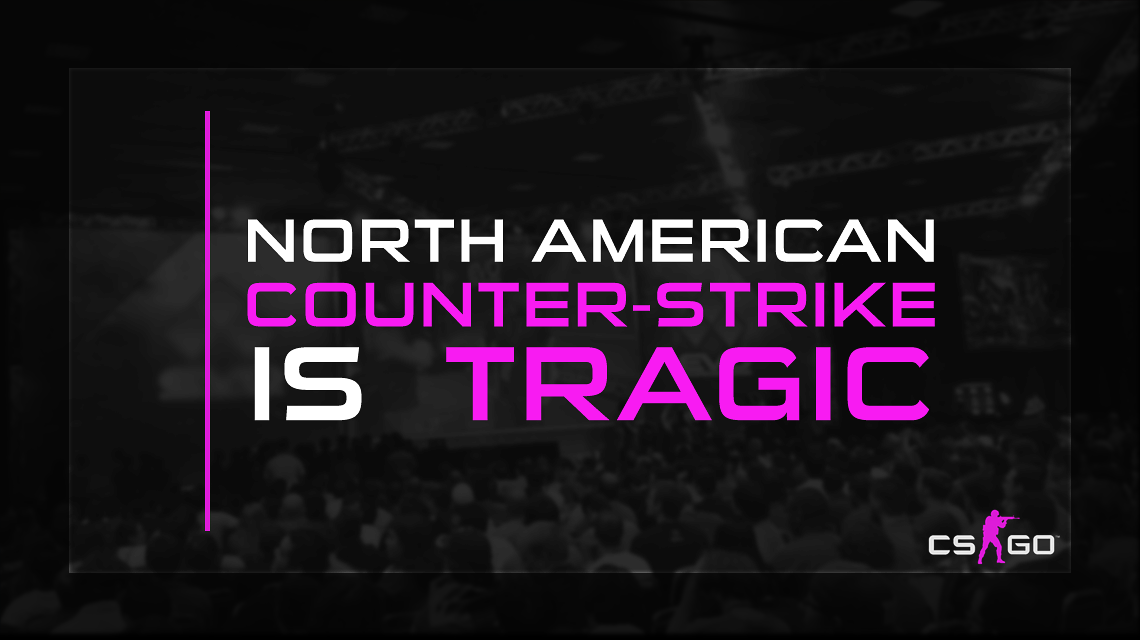
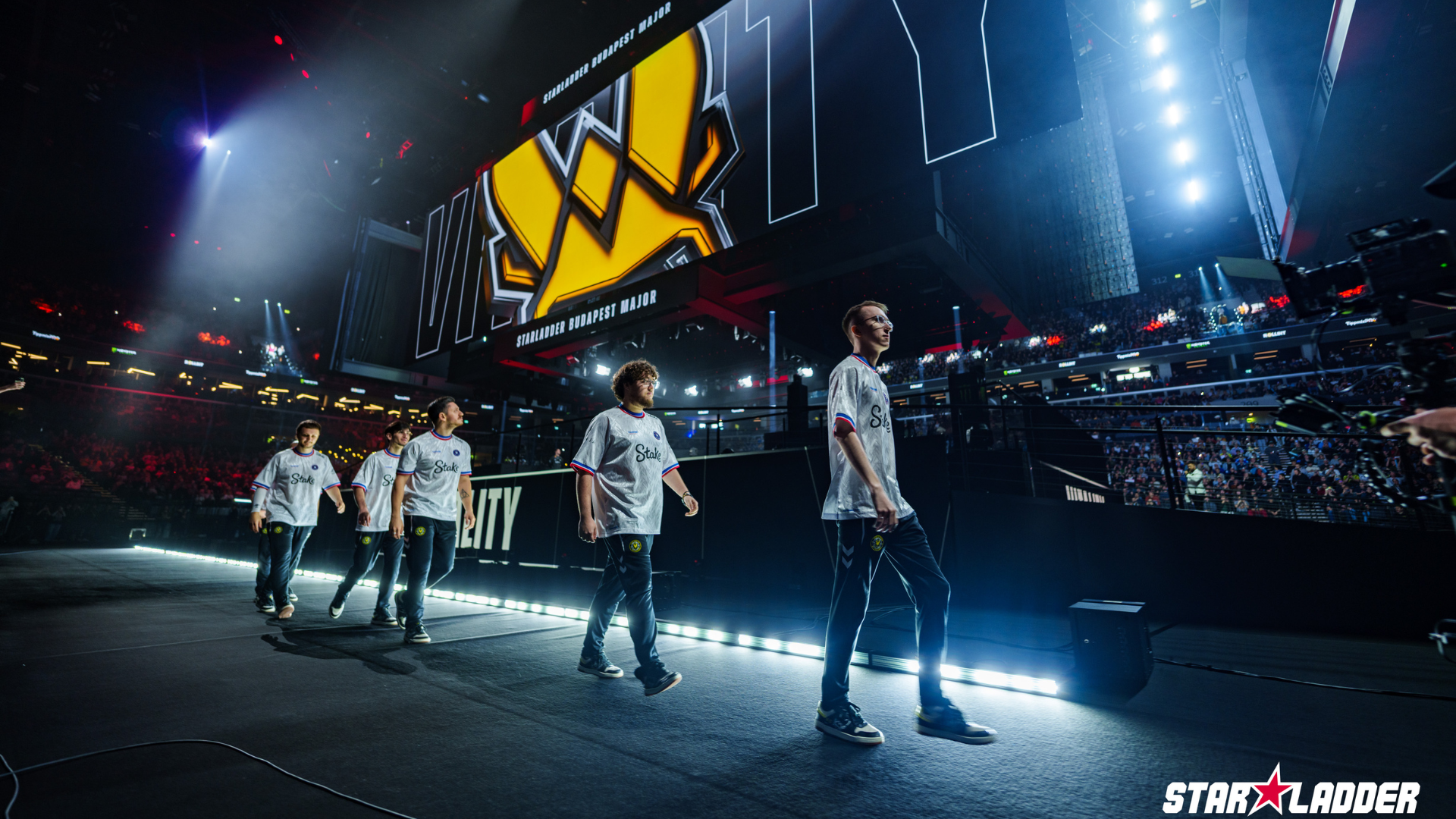
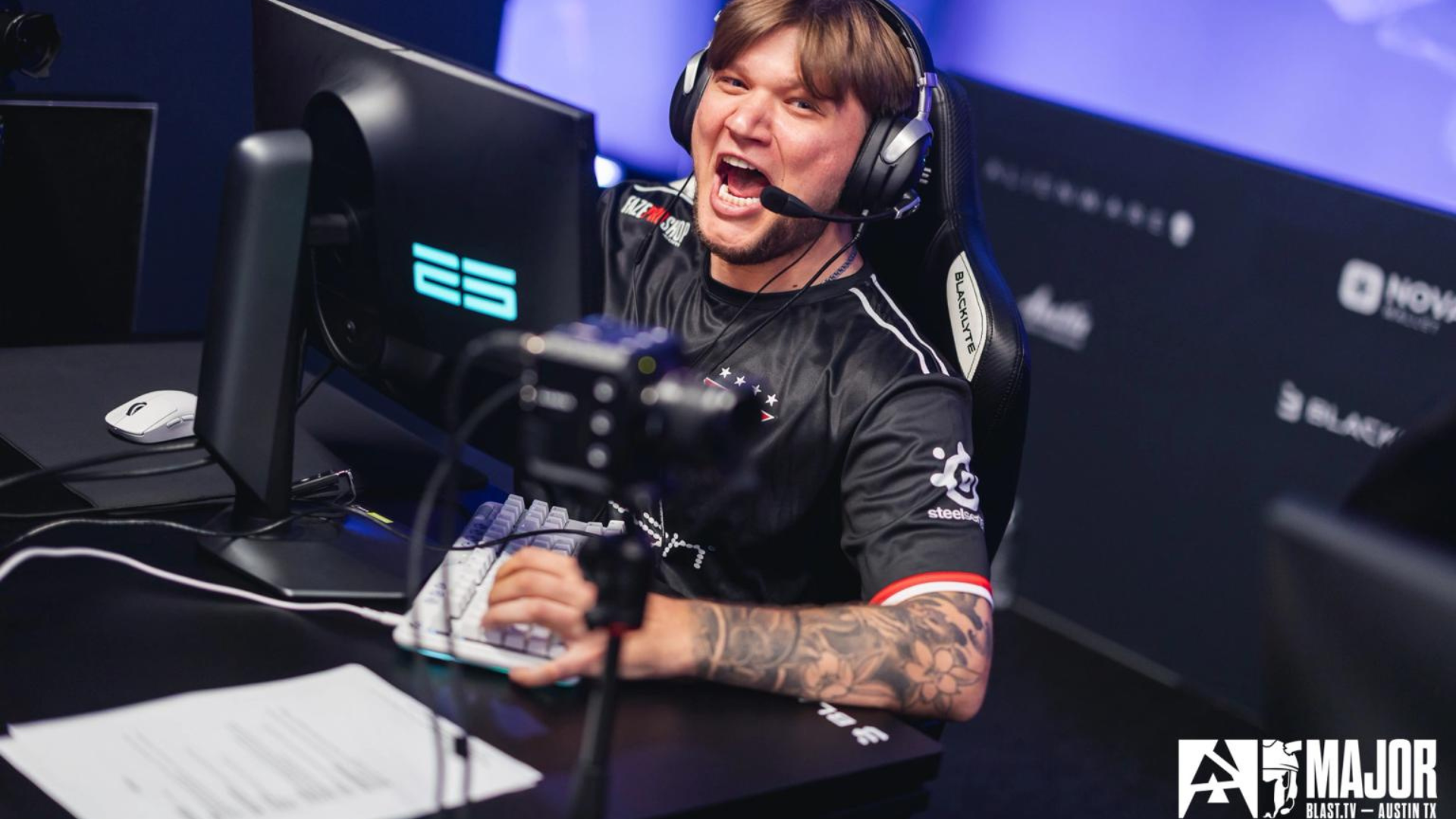
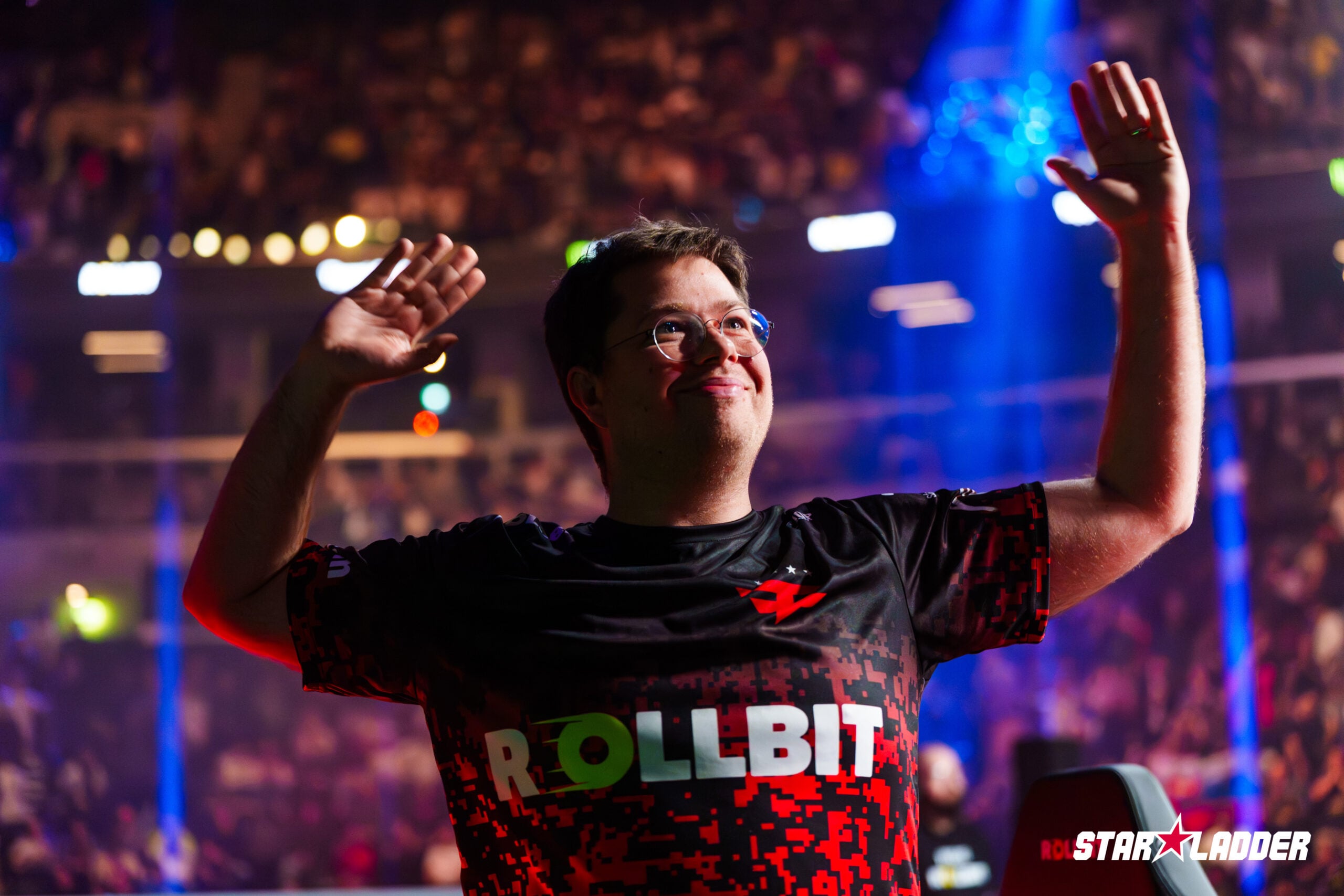


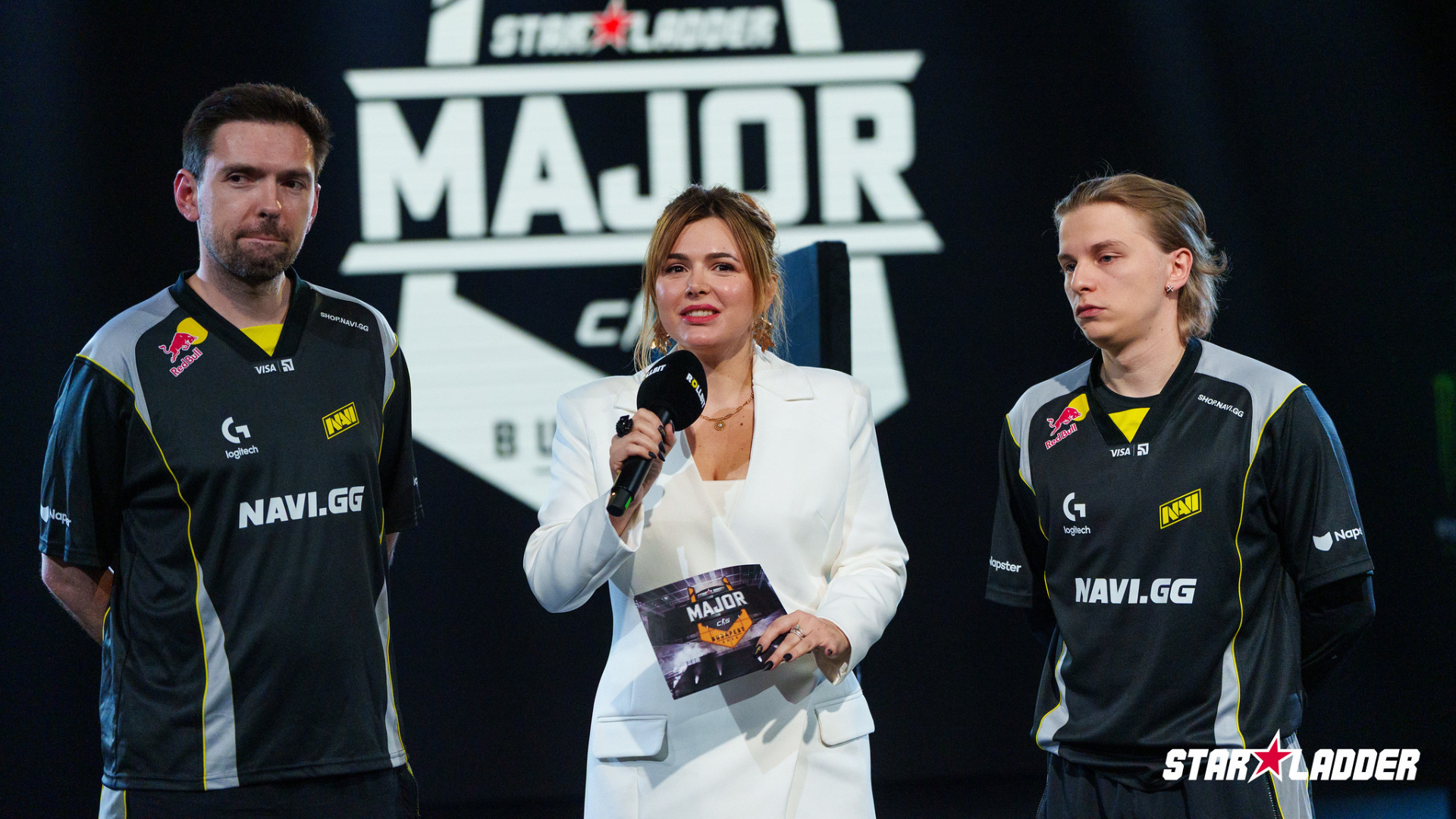
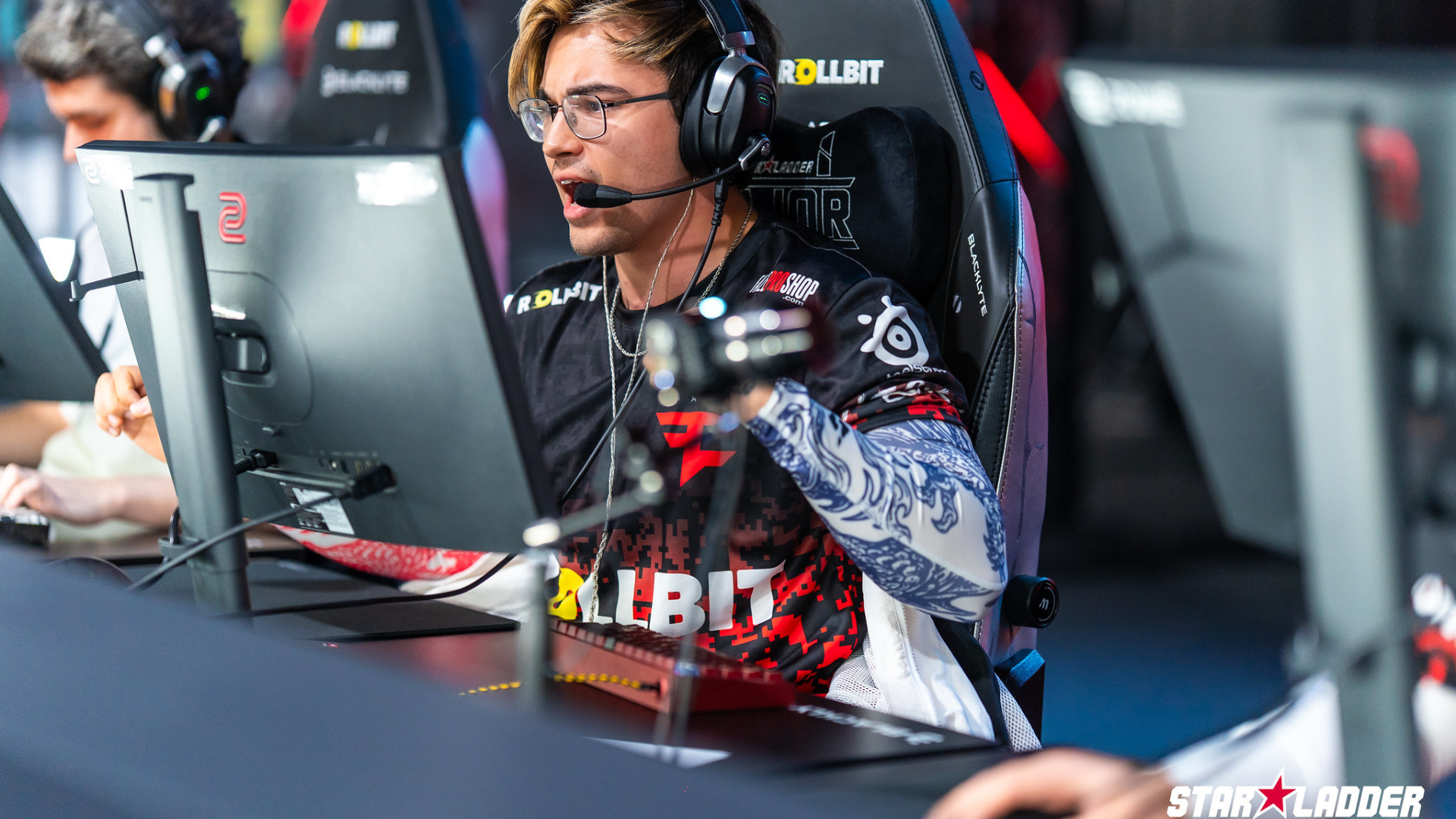
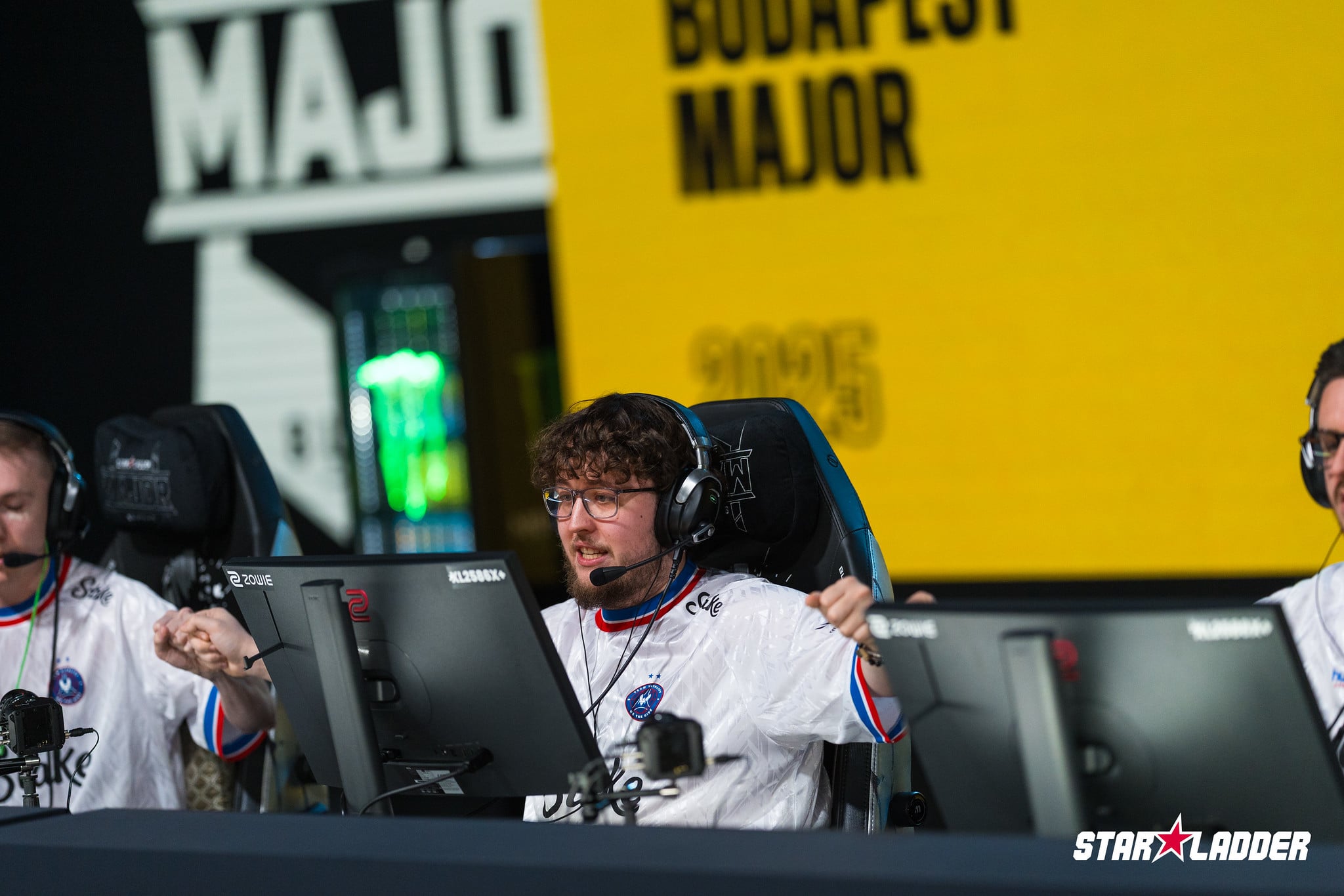
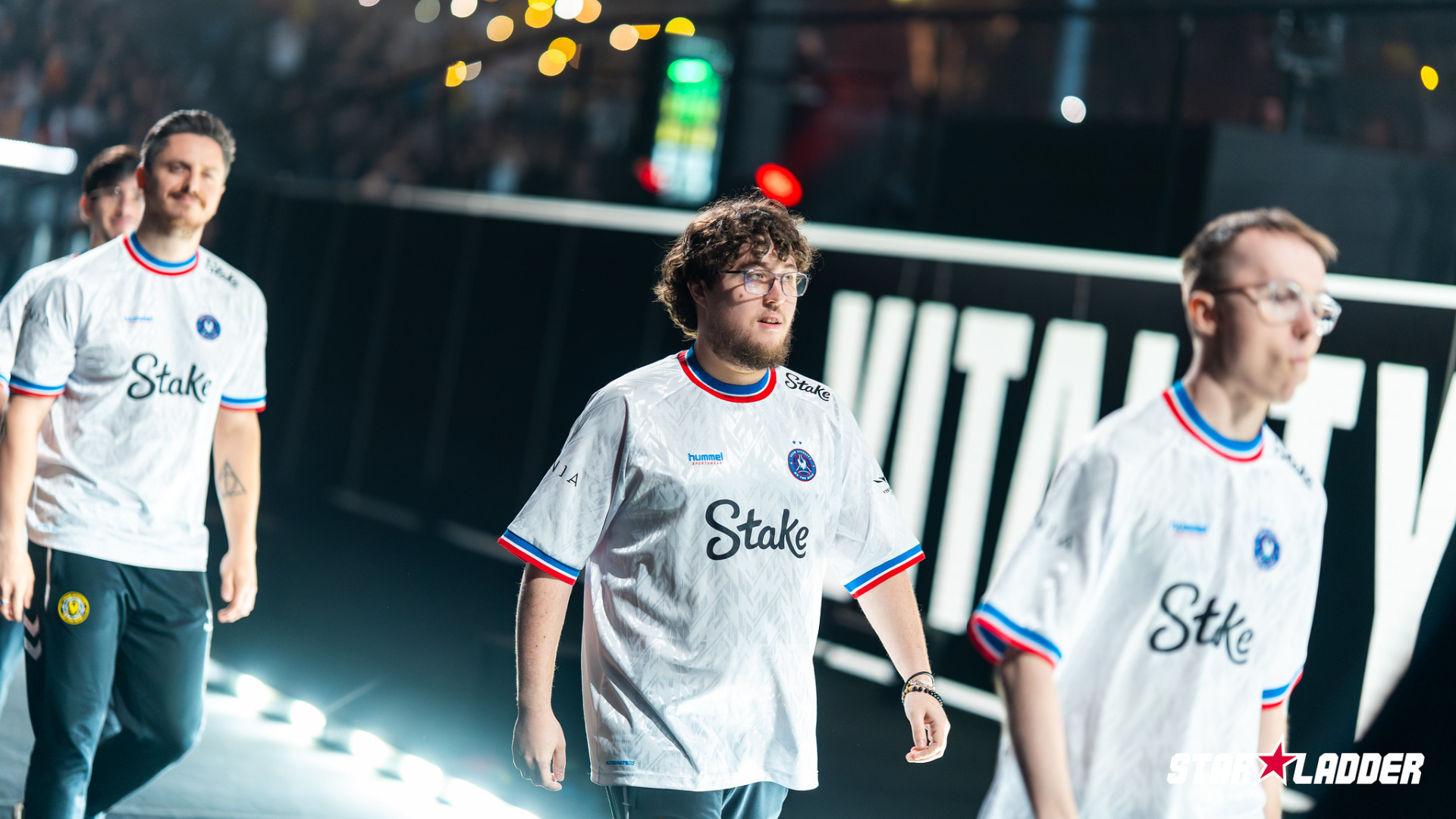
Published: Aug 17, 2016 07:40 pm